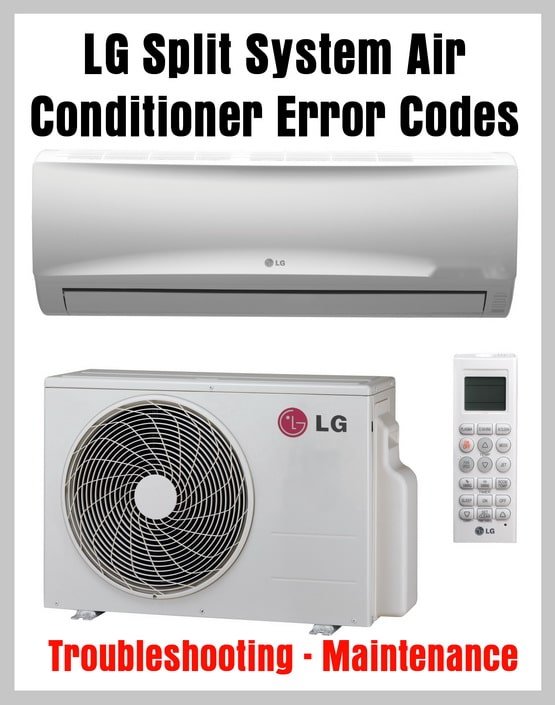
You see, the E3 error code on your LG air conditioner isn’t just a random, pesky notification. It’s more like a distress signal from your air conditioner, indicating that something isn’t quite right. Much like when your car’s check engine light turns on, it means it’s time to pay attention. Ignoring it might be convenient in the short term, but it could lead to more significant issues down the line. So, what exactly does this code signify, and what should your next steps be?
Understanding the LG Air Conditioner E3 Error Code
Let’s break this down. When your LG air conditioner displays the E3 error code, it’s trying to tell you that there’s an issue with the temperature sensor. Think of the temperature sensor as the air conditioner’s way of keeping tabs on the climate within your home. It’s a bit like a thermostat for the unit itself, ensuring it maintains the right temperature to keep you comfortable.
When this sensor malfunctions or sends inaccurate readings, the air conditioner can’t operate efficiently. It’s like a GPS leading you astray on a road trip; you might end up going in circles rather than reaching your destination. In the case of the E3 error, the destination is a perfectly cooled home. Without addressing it, the air conditioner might either overwork itself or fail to cool the room effectively, leading to discomfort and higher energy bills.
Ignoring the error code could also potentially damage other components of the air conditioning unit in the long run. Just as ignoring a sore knee can lead to further injury, neglecting the E3 error might lead to costly repairs. To keep your air conditioner running smoothly, addressing the issue promptly is essential.
Steps to Resolve the E3 Error Code
Alright, you’ve decided not to ignore this pesky code. So what now? The first step is to check the air filter. Dust and debris can accumulate over time, causing the sensor to misread the temperature. Cleaning or replacing a clogged filter can often resolve the issue. It’s somewhat like cleaning your glasses to see better; a clear filter allows the sensor to function correctly.
If cleaning the filter doesn’t solve the problem, it might be time to look at the sensor itself. Sometimes, the sensor might be out of position or faulty. Re-positioning it can be just the ticket. Imagine trying to read a book with your hands instead of your eyes; it just doesn’t work efficiently. Similarly, a misaligned sensor can’t give accurate readings.
However, if you’re unsure how to re-position or replace the sensor, don’t hesitate to call a professional. Attempting to fix it without the proper know-how could worsen the problem. It’s like attempting a DIY plumbing job without the right tools – you might end up flooding the bathroom! An expert can ensure the job is done correctly, saving you from potential headaches.
Preventative Measures to Avoid Future Errors
Now that you’ve got your air conditioner back on track, you might be wondering how to prevent the E3 error from recurring. The key is maintenance. Regularly clean and replace the air filter. Think of it like brushing your teeth; neglecting it for too long leads to cavities or worse. Keeping the filter clean ensures proper airflow and accurate sensor readings.
Additionally, scheduling routine check-ups with an HVAC professional can catch potential issues before they become significant problems. It’s much like getting periodic health check-ups; preventative care can go a long way in maintaining your air conditioner’s efficiency and longevity.
Finally, keep an eye on your unit’s performance. If you notice it’s not cooling as it should or is working harder to achieve the same level of comfort, don’t wait for an error code to pop up. Addressing small quirks early can prevent them from snowballing into costly repairs or replacements.
In conclusion, while it might be tempting to ignore an E3 error code, doing so could lead to larger issues down the road. By understanding what this code signifies and taking proactive steps to resolve and prevent it, you can ensure your LG air conditioner keeps your home cool and comfortable year-round.